24 August 2025
When we think of education, we often picture rows of desks, textbooks, and one-size-fits-all teaching. But what if learning could look entirely different—more like a playground for the mind than a factory for facts? That’s where the Montessori method shines bright. It’s not just about learning facts and figures; it’s about nurturing curious minds that aren’t afraid to question, explore, and innovate.
In this article, we’re diving deep (and in plain English) into how Montessori education lays the groundwork for problem-solving and innovation. Whether you're a parent, educator, or just someone curious about learning styles, this will give you some serious food for thought.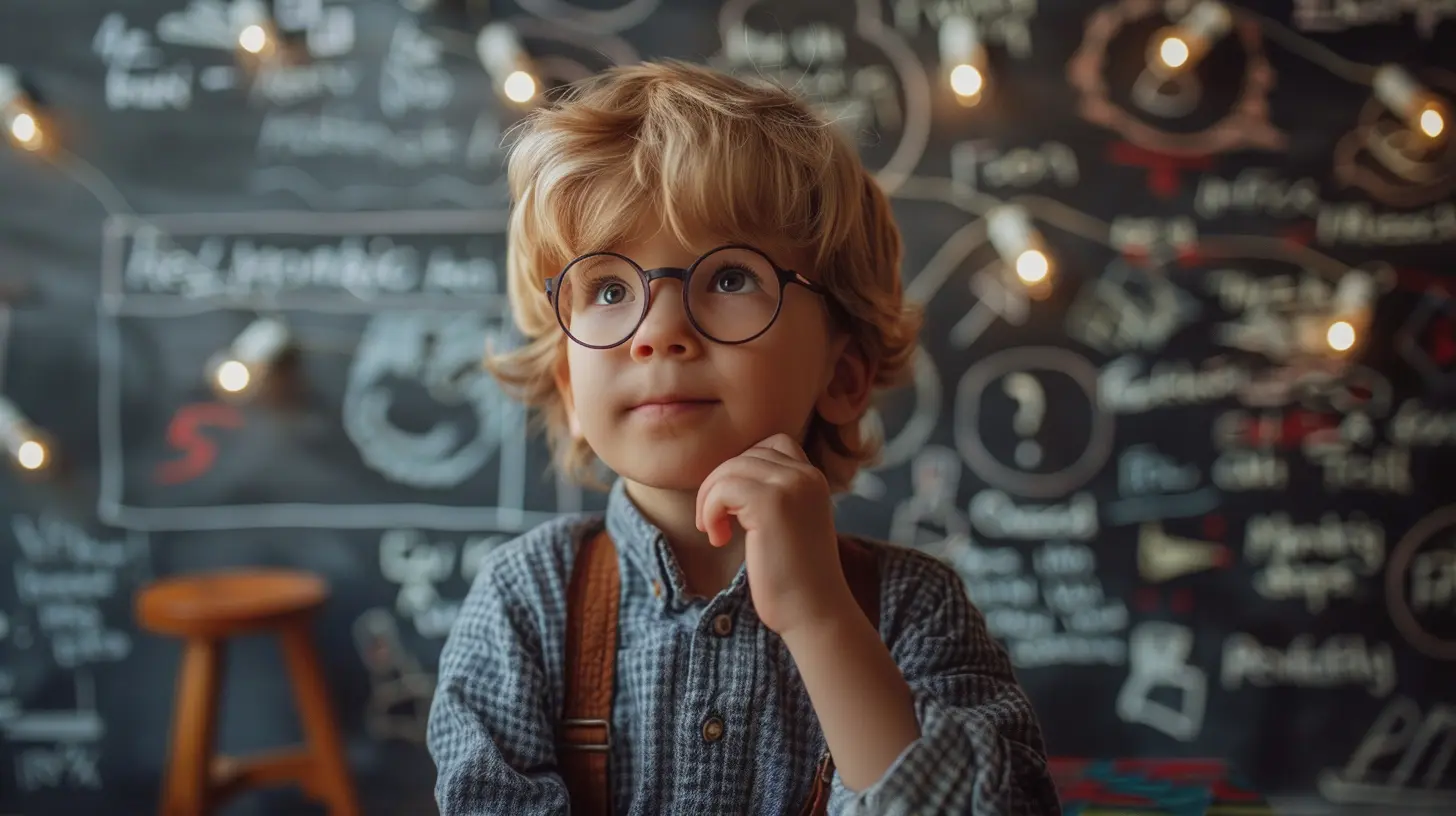
What Is the Montessori Method, Anyway?
Before we jump into how it encourages problem-solving and innovation, let's quickly go over what the Montessori method actually is.Developed by Dr. Maria Montessori over a century ago, this educational approach is all about child-centered learning. Instead of a teacher directing every move, kids are encouraged to explore, choose what they want to learn, and go at their own pace, all within a carefully prepared environment.
It’s like giving kids the keys to their own little learning kingdom—where curiosity rules and creativity blooms.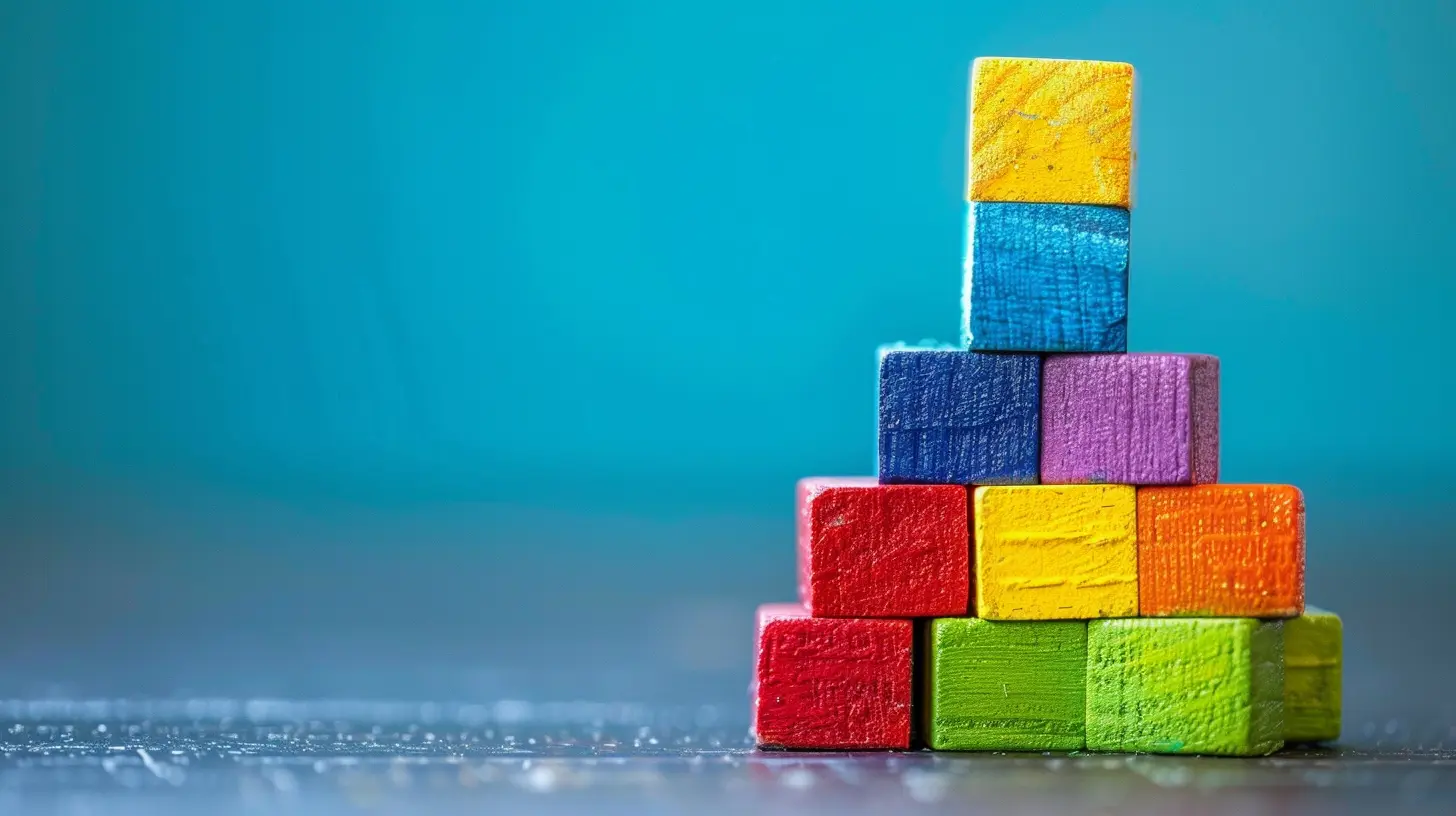
The Core of Montessori: Independence and Freedom
Here’s the cool part: Montessori classrooms are designed to promote independence. Children aren’t constantly told what to do. Instead, they get to make choices. And let’s be honest, when you make your own choices, don’t you feel way more invested?This freedom allows kids to:
- Solve problems as they go
- Think through outcomes
- Take ownership of mistakes (and learn from them)
- Build confidence in their abilities
Imagine trying to build a LEGO set without instructions. Frustrating? Sure. But also immensely satisfying when you figure it out. That’s pretty much what Montessori does—it gives just enough guidance for kids to learn without spoon-feeding them every answer.
Hands-On Learning Sparks Creative Thinking
You won’t find a lot of rote memorization in a Montessori classroom. Instead, kids work with hands-on materials that are not only tactile but cleverly designed to spark critical thinking.Take the Montessori Pink Tower, for instance. It looks like a simple block stacking toy, but it’s actually teaching spatial awareness, sizing, sequencing, and coordination—all while the child feels their way through the solution.
This hands-on, sensory learning is key for young brains. It activates different parts of the mind, enhancing both logical reasoning and creative insights. And let’s not forget—it’s also just way more fun than filling out worksheets.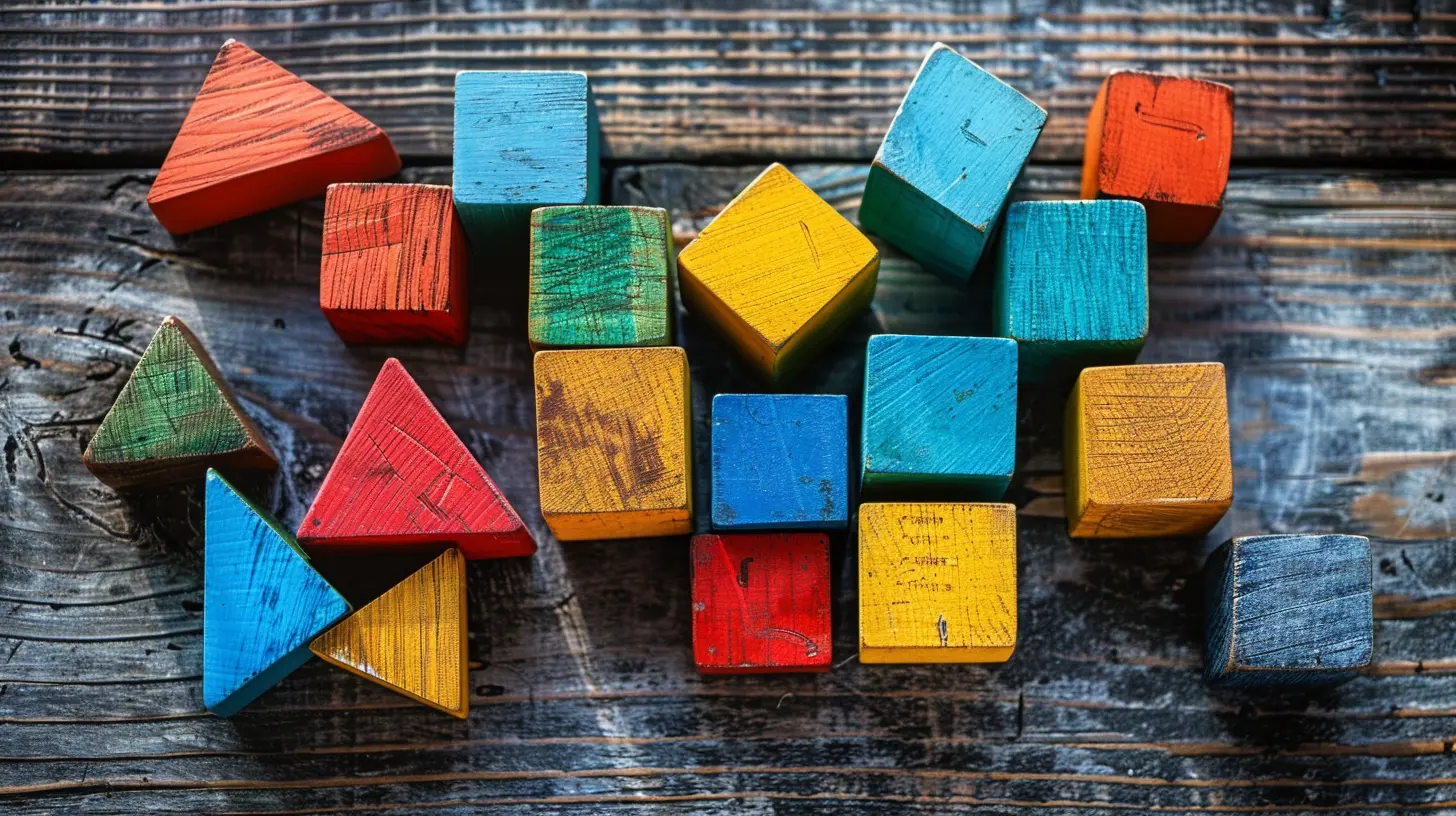
Mistakes Are Not Failures—They’re Opportunities
One of the most powerful aspects of Montessori is its attitude toward mistakes. Instead of being something to fear, mistakes are welcomed as learning experiences.Materials are often self-correcting, which means kids can spot errors on their own and fix them without an adult stepping in. For example, putting a knobbed cylinder in the wrong hole simply won’t work—it won’t fit. So, the child sees the problem, tries again, and learns something through that trial and error.
This approach builds:
- Resilience
- Patience
- Creative problem-solving
- A growth mindset
Honestly, wouldn’t adulthood be easier if we had learned early on that mistakes are just stepping stones?
Encouraging Curiosity Through Open-Ended Questions
Montessori teachers (or guides, as they’re often called) don’t give all the answers away. Instead, they pose open-ended questions that get kids thinking:- “What do you think will happen if…?”
- “Why do you think that works?”
- “Can you think of another way to do this?”
This method fosters investigative thinking. It gently nudges children toward curiosity, which is the starting point of all innovation. After all, every great invention began with someone asking, "What if?"
Multi-Age Classrooms Promote Peer Learning
Unlike traditional classrooms divided by strict age groups, Montessori environments usually mix kids of different ages—often spanning three years.This setup might seem odd at first, but it’s brilliant for a few reasons:
- Older kids become mentors, explaining concepts (which reinforces their own learning)
- Younger kids look up to and learn from older peers naturally
- It fosters empathy, teamwork, and leadership
When children teach each other, they approach problems from different perspectives. This peer-to-peer interaction leads to more creative solutions and a deeper understanding.
Encouraging Long Blocks of Uninterrupted Work Time
Ever been in a flow state—where you're so focused on something, time just flies by? Montessori builds that into the day by giving students long, uninterrupted blocks of time to work on tasks they're interested in.This uninterrupted time:
- Encourages deep focus (goodbye, surface-level skimming)
- Lets children sink into problems and tinker until they crack it
- Makes room for experimentation and refinement
In a fast-paced world filled with distractions, giving kids the space to concentrate is a quiet form of rebellion—and it’s one that pays off big time in developing problem-solving skills.
Real-Life Skills for the Real World
Montessori doesn’t stop at math and language. It integrates practical life skills into the curriculum—things like cooking, cleaning, gardening, sewing, and caring for pets.These activities might seem basic, but they’re anything but. They teach:
- Planning ahead (What ingredients do I need?)
- Sequential thinking (What steps come first?)
- Troubleshooting (What if I burn the bread?)
- Responsibility and accountability
These are the exact same skills innovators use daily in their work—figuring things out on the fly, adjusting plans, thinking critically. So yeah, teaching a six-year-old how to bake banana bread is actually way deeper than it seems.
The Role of the Teacher: A Guide, Not a Boss
Montessori teachers aren’t standing at the front of the class with chalk in hand. Instead, they observe, support, and sometimes nudge children toward challenges without directly instructing.Think of them as the GPS that doesn’t give you turn-by-turn directions but waits to redirect you only if you go completely off track. This sense of autonomy makes children:
- More confident in their judgment
- More willing to take intellectual risks
- Eager to find their own answers
That’s the recipe for innovation—a mindset where trying something new isn’t scary, but exciting.
Encouraging Innovation Through Passion Projects
Older Montessori students often tackle large-scale, student-driven projects. These projects are chosen based on the students’ interests and are worked on over weeks or even months.Let’s say one child is fascinated by oceans. They might decide to create a detailed presentation, build a coral reef model, and write a report on marine ecosystems. Another might be obsessed with robotics and build a simple machine with moving parts.
The result?
- Deep engagement
- Research and planning skills
- Real-world application
- A sense of ownership
By following their passions, children learn that learning isn't something you're forced to do—it's something you get to do.
Montessori Graduates in the Real World
Still not convinced that Montessori breeds innovators? Let’s look at some names you might recognize:- Jeff Bezos (Founder of Amazon)
- Larry Page and Sergey Brin (Co-founders of Google)
- Will Wright (Creator of The Sims)
Each of these individuals credit their Montessori education with sparking their curiosity, creativity, and love of learning. That’s no coincidence.
Final Thoughts: Innovation Begins with a Question
At its heart, innovation starts not with a solution, but with a question—a wondering. Montessori education cultivates that wondering from day one. By empowering kids to make choices, solve problems, and follow their curiosity, it sets the stage for a lifetime of innovative thinking.We live in a world that desperately needs new ideas, fresh solutions, and bold thinkers. Montessori doesn’t just prepare children to take tests. It prepares them to change the world.
And who wouldn’t want that?


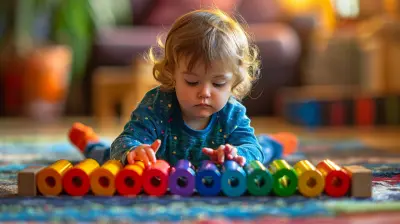

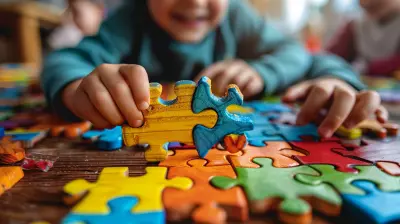



Sage Kirk
This article beautifully captures the essence of Montessori education. It’s inspiring to see how fostering independence and curiosity can ignite creativity in children, empowering them to tackle problems with confidence and innovation.
November 1, 2025 at 3:57 AM